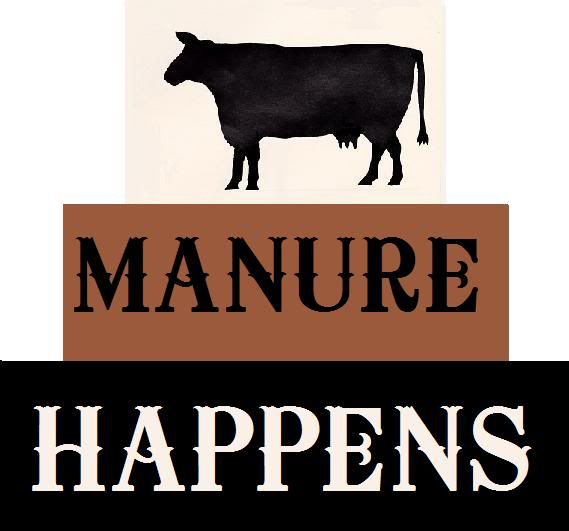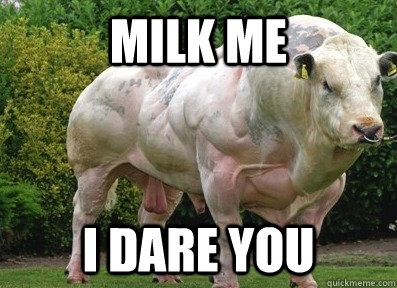Spring is over. Where did that time go? Sorry for the delay in posting! We had a bit of fine weather here (see photo above) and that meant everything went crazy for a few weeks: Weaning Calves, Spreading Slurry and Manure, Farm maintenance, Machinery repairs, and of course my son's 4th birthday (most important of all!!) - anyway you name it, we were doing it! :)
Unfortunately, the winter has caught up with us again (!) and it is a blustery, cold and wet start to May. The cows are still being supplemented with silage as the grass hasn't started to grow properly yet and we've had to increase their meal ration in order to keep them happy and ready for the breeding season.
Yes, its that time of year already! All the cows are calved, all the bull calves are sold and breeding has commenced!
You might recall an earlier post where I mentioned we had first-cross fleckvieh heifers to breed this year. Well they arrived down to the home farm a fortnight ago for artificial insemination (AI), here are a few photos:
 |
| Two 'Wille' Yearlings |
 |
| 'Rumgo' Yearling |
 |
| Another 'Rumgo' heifer |
 |
| First Cross Fleckvieh Yearlings with 3 HF Milking Cows in background |
Here's the view from the back. As you can see, these yearling heifers are strong, nicely muscled with good feet and legs. The three larger bodies in the background are milking cows who are 1-2 years older than these yearlings, but as you can see the Fleckviehs aren't much behind them in terms of size.
You might notice the stripes of blue in the photos, this is tail paint to help indicate when they are in heat. When this happens, other cows will mount them rubbing the paint off. Its a simple but effective method of indicating when to breed them. We will then AI them with the appropriate sire. If we're lucky, that straws takes and a calf arrives next spring. If not, then she will cycle again in three weeks time.
Normally we let our heifers run with a stock bull. However, this is our first set of fleckvieh x holstein maiden heifers and they are quite special to us. They are the first wave of a new breeding direction on our farm. That is why we have decided to AI them so we can have a few second cross fleckvieh (F2) calves arriving next spring and hopefully get a preview of things to come!
 |
| Wille |
 |
| Rumgo |
Speaking of the calves, they are out on grass at the moment too and seem to be thriving well.
They have been dehorned and vaccinated for salmonella already. In the next few weeks they will be dosed for worms and vaccinated for blackleg. We are determined to give them the best possible start in life. When they come in for those treatments we will also fit them out with some new jewellery:
These ear tags will help us to keep track of who is who, and assist us in making breeding decisions when their turns come. Its all business with the birds and the bees at the moment! :)












































